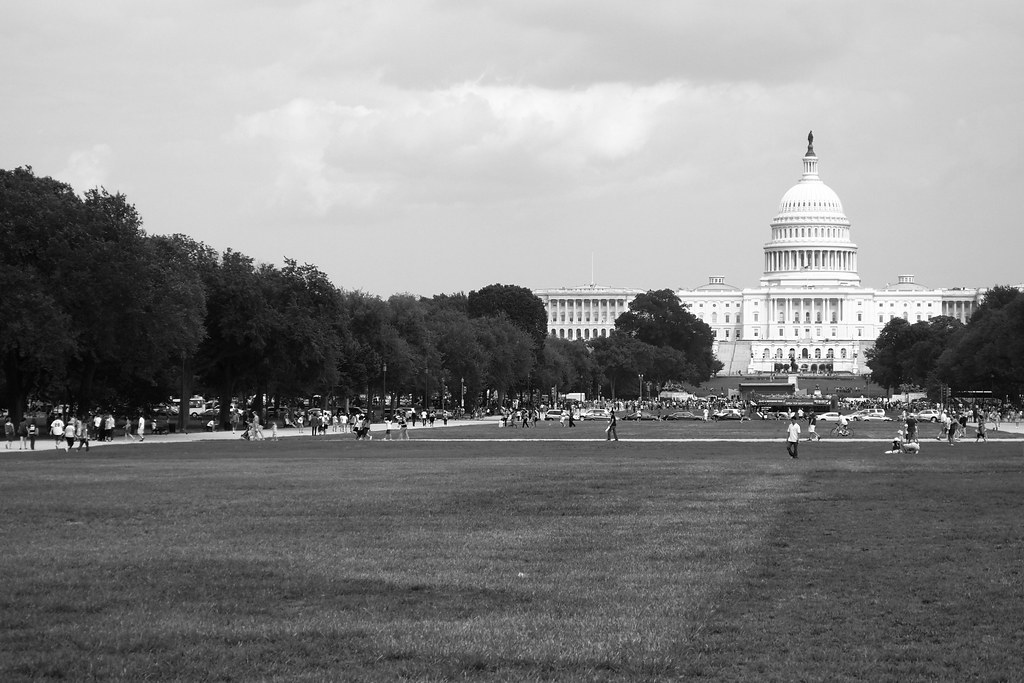The (Sometimes Untraceable) Origins of Policy Ideas in Congress: An Analysis of Seven Landmark Laws
Research on lawmaking suggests legislative enactments are constructed in various ways. Although multiple approaches are documented in the literature, political scientists do not conclusively know which are used more often. In this paper published in Legislative Studies Quarterly – which was supported by a small grant award from the Center for Effective Lawmaking (CEL) – Jeremy Gelman, Assistant Professor of Political Science at the University of Nevada, Reno, examines how laws are created by studying seven modern landmark laws enacted during various policymaking windows. He uses a text reuse approach to recursively trace each policy idea in these enactments to the original version proposed in Congress. His results show that (1) laws vary dramatically in how they are constructed, even within similar bill types; (2) when ideas linger on Congress’s agenda, it is usually only for a few years, and (3) about 15% of ideas are added at the end of the legislative process where tracking the sponsor is impossible. These findings highlight the dynamism in bill construction. Among these laws, there is no “typical process,” many members contribute at many stages, and some of the largest, most consequential enactments have portions with unknown origins. The results contribute nuance to the understanding of legislative effectiveness, how it might be measured, and insight into how members engage in the legislative process when they anticipate a policy window opening.
To learn more, read the full report here.
“National Mall & Capitol” by smaedli is licensed under CC BY 2.0.



